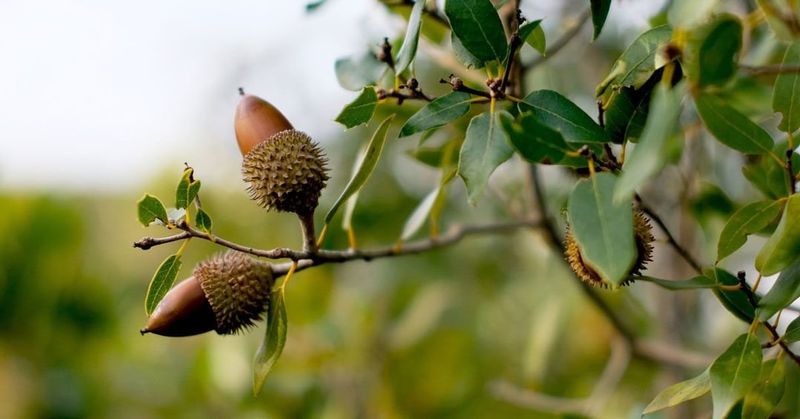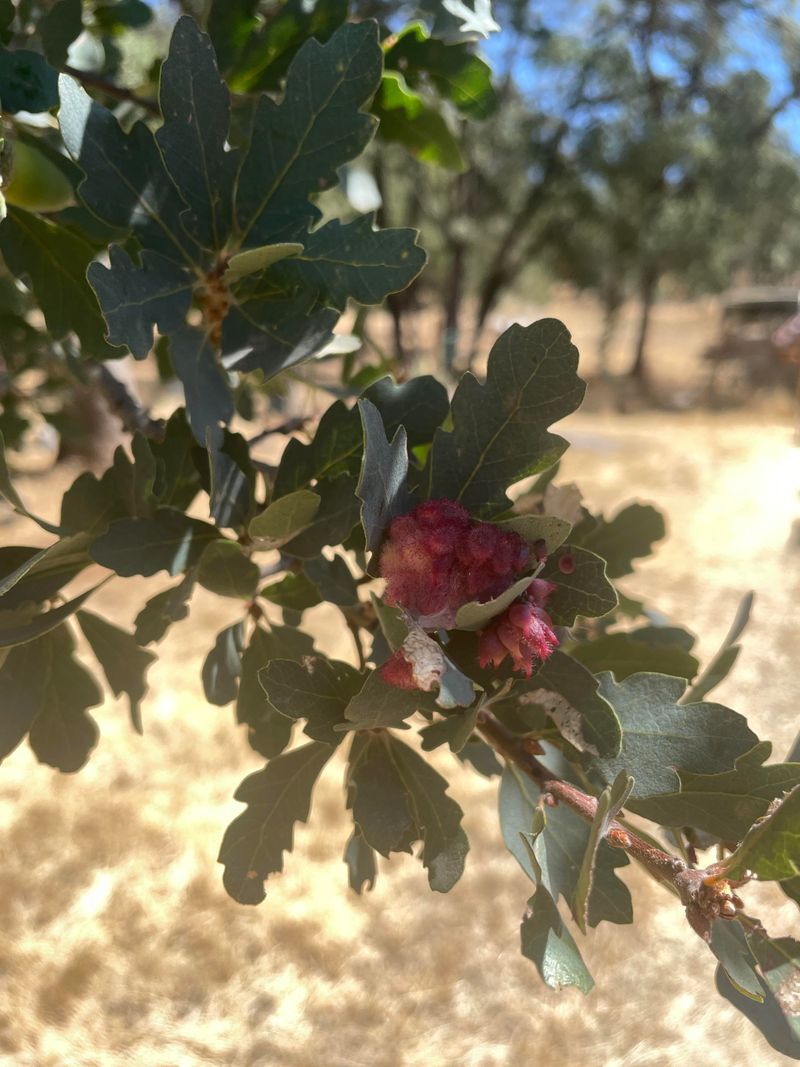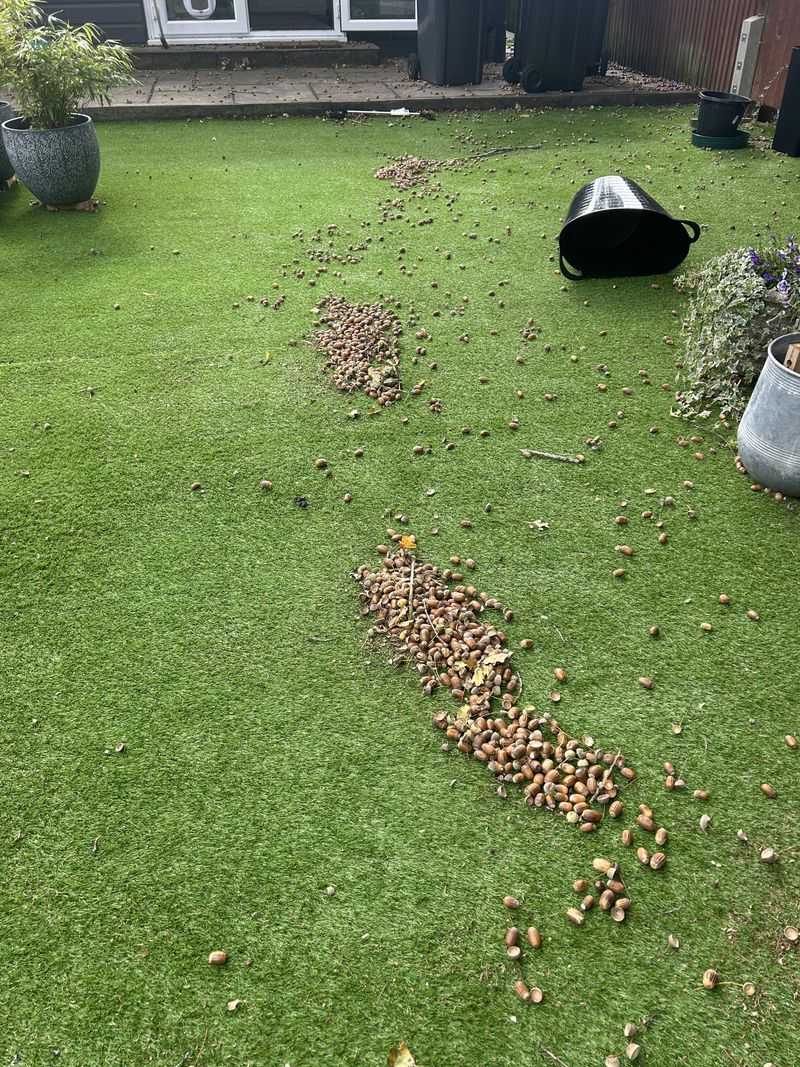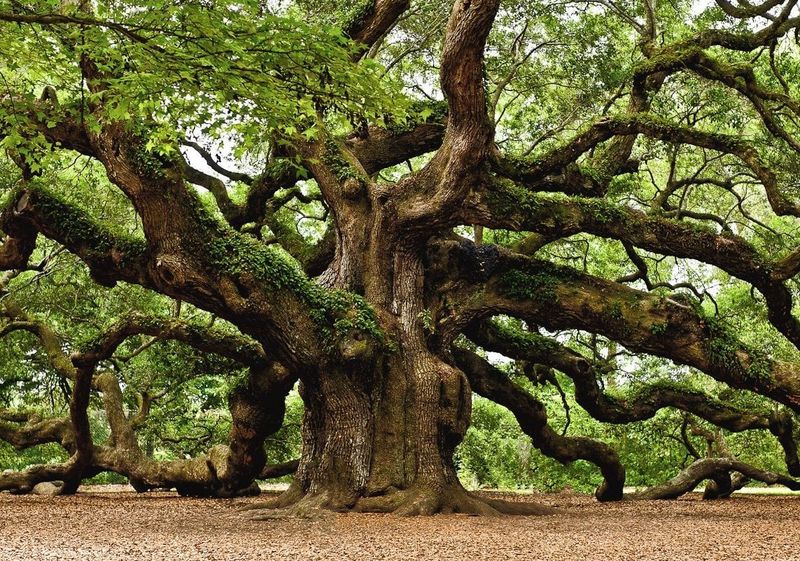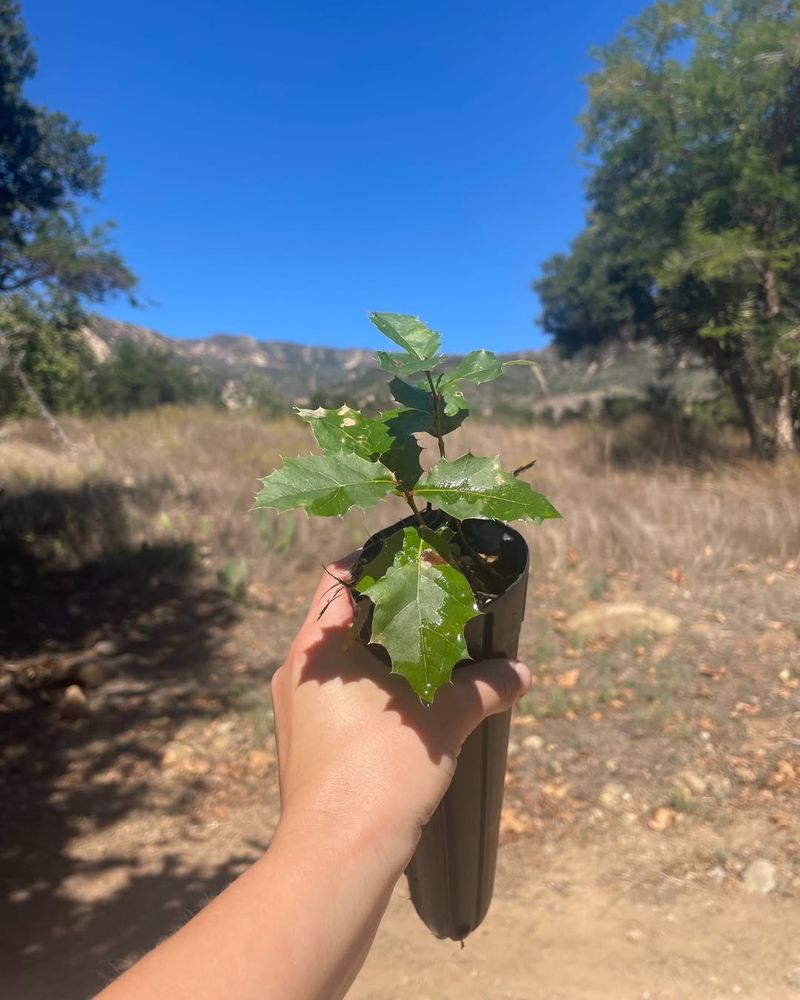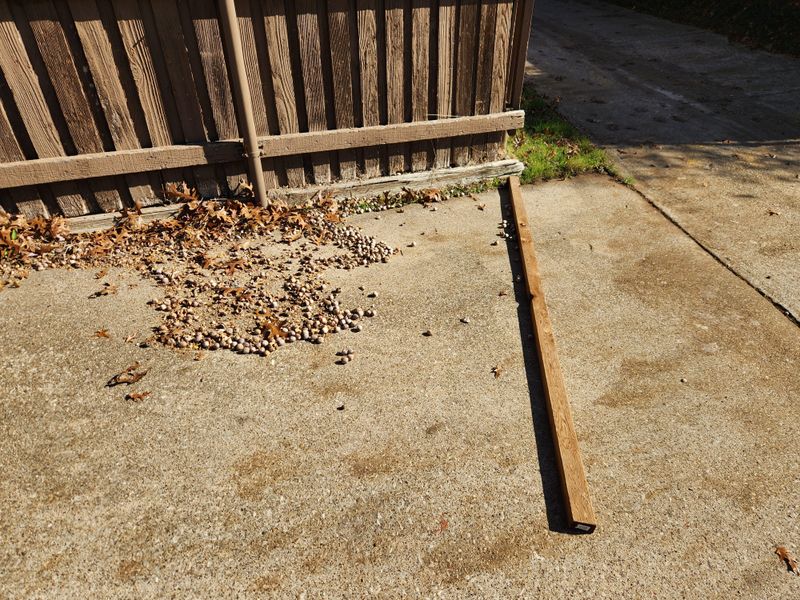Yards, trails, and sidewalks across Iowa feel buried under acorns this year, and the sudden surge isn’t just a seasonal quirk. Oaks respond to shifting weather patterns, stress cycles, and long-term survival instincts that occasionally trigger a heavy seed drop.
When those factors line up, the result is a statewide carpet of acorns. That’s the story behind their sudden abundance in Iowa this year.
1. Mast Years Create Acorn Explosions
Oak trees don’t produce the same amount of acorns every year. Some years they go into overdrive, creating what scientists call a mast year.
During these special seasons, trees pump out way more nuts than normal. It’s nature’s way of overwhelming hungry animals so some acorns survive to grow into new trees.
Iowa’s oaks decided 2024 was their year to shine, resulting in the acorn avalanche you’re seeing everywhere around your neighborhood and local parks.
2. Perfect Weather Conditions Boosted Production
Weather plays a huge role in acorn production. Last spring in Iowa brought ideal conditions with plenty of rain followed by warm, sunny days.
Oak trees loved these conditions and responded by flowering like crazy. More flowers meant more acorns would develop throughout the summer months.
The mild temperatures and consistent moisture gave trees the energy they needed to create record-breaking acorn crops that are now carpeting the ground across the state.
3. Wildlife Will Have A Feast This Winter
Deer, squirrels, turkeys, and other animals are celebrating this acorn bonanza. These nutritious nuts provide essential fats and proteins that help Iowa wildlife survive harsh winters.
You’ll probably notice more squirrels frantically burying acorns in your yard. They’re stocking up their pantries for the cold months ahead.
Expect to see healthier, more active wildlife populations next spring since they’ll enter winter well-fed and ready to endure whatever weather comes their way.
4. Your Lawn Mower Might Struggle
Homeowners across Iowa are discovering an unexpected challenge: mowing through thousands of acorns. The hard nuts can damage mower blades and create uneven cutting patterns.
Raking before mowing helps, though it’s time-consuming work. Some people use leaf blowers to gather acorns into piles first.
Consider letting acorns decompose naturally in garden beds where they’ll add nutrients to the soil. Your mower will thank you, and you’ll save time on yard work.
5. Expect Fewer Acorns Next Year
Don’t get too used to this acorn abundance. After a mast year, oak trees typically take a break and produce far fewer acorns the following season.
Trees need time to rebuild their energy reserves after such massive production. Think of it like a farmer letting fields rest between heavy harvests.
Next fall will likely bring a much quieter acorn season, giving your Iowa lawn and driveway a well-deserved break from the constant cleanup you’re doing now.
6. Acorns Can Sprout Into Baby Oak Trees
With so many acorns around, some will inevitably sprout into tiny oak seedlings come spring. You might find baby oak trees popping up in flower beds, gutters, or cracks in your driveway.
Most won’t survive without proper care, but it’s a great opportunity to grow your own oak tree. Simply pot a few acorns in soil this fall.
Keep them watered through winter, and you could have your own oak saplings ready to plant by next year’s Arbor Day celebration.
7. Watch Out For Slippery Sidewalks
All those acorns create a genuine safety concern, especially on sidewalks and driveways. Stepping on acorns is like walking on marbles—you can easily lose your footing.
Elderly Iowa neighbors and young kids face the highest risk of falls. Regular sweeping helps keep pathways safe for everyone in your community.
After rain, wet acorns become even more treacherous. Take extra care when walking, and consider helping neighbors who might struggle to clear their walkways during this unusually heavy acorn season.


